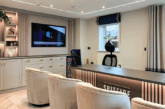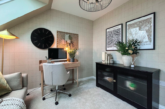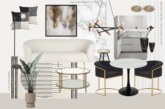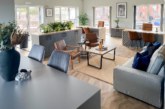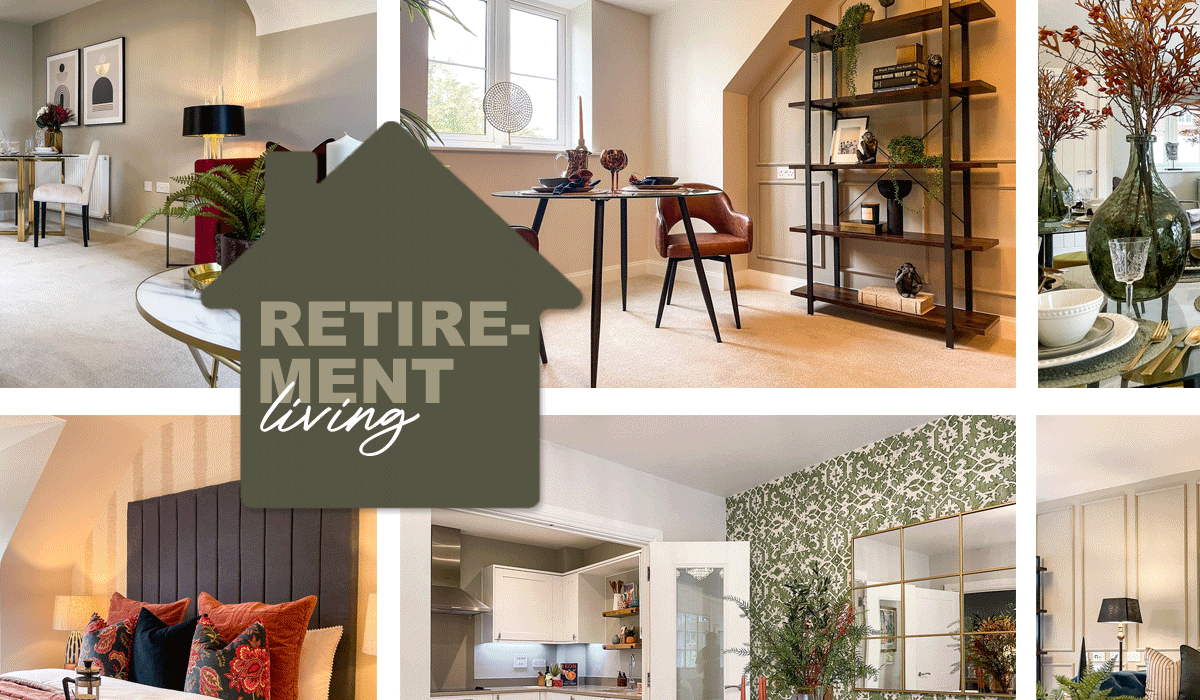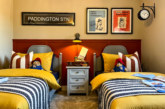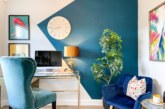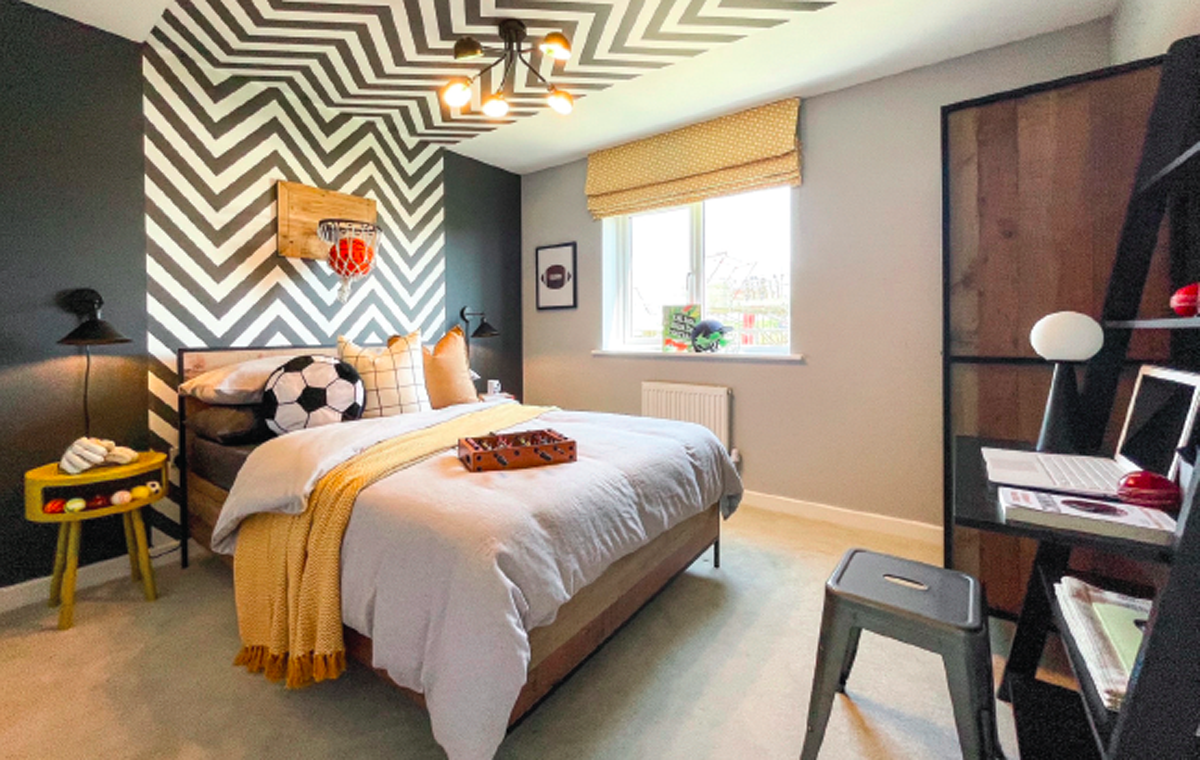
For most people, a home is the most expensive purchase they’ll make. So how can you style a house for them without breaking their — or your — bank? Steve Hird, director at interior design specialists, Edward Thomas Interiors shares his top tips.
As we continue facing escalating costs of living, one of the most common briefs we’re encountering is to show how developers can embrace cost conscious design and sustainable materials yet also create interiors with impact. A bespoke look on a budget, if you will.
Be space smart
The majority of today’s new homes follow an open plan layout, particularly on the ground floor, so our advice is to avoid creating pinch points with bulky objects or furniture. This ensures the home’s logical flow can still be followed.
You can subtly subdivide these rooms with wall treatments (see below) and clever lighting to create space for different activities e.g. relaxing, dining, home working.
We also seek to inspire potential home buyers by showing how they can reclaim underutilised spaces such as under the stairs, landings, hallways and alcoves with thoughtful pieces of furniture including ladder desks, occasional chairs and sideboards.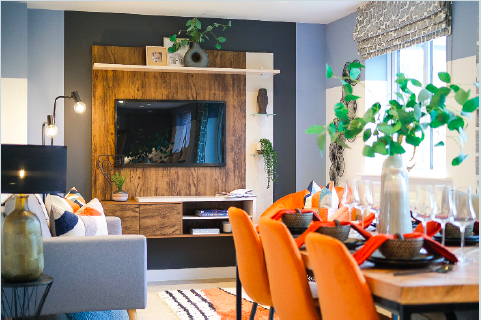 Lastly, we advocate vertical thinking! TV’s, drinks stations and shelving can all be wall-mounted while bar storage, hanging planters or even pot and pan racks can be added to ceilings as stylish.
Lastly, we advocate vertical thinking! TV’s, drinks stations and shelving can all be wall-mounted while bar storage, hanging planters or even pot and pan racks can be added to ceilings as stylish.
Wonderwall(s)
Wallcoverings are one of the easiest and most cost-effective ways to transform a room, and they don’t have to include all four walls! Feature wallpapering and panelling is very on trend and immediately adds a luxe look. But one of the most versatile treatments is painting. This can be applied in many ways, from full to half-height walls or more creatively with abstract shapes and colour block panels to frame focal points or ‘zone’ rooms for specific activities. You can even paint a ceiling canopy to add depth or make a child’s bedroom more playful.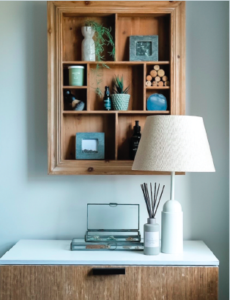 Multi-purpose items
Multi-purpose items
Imagination is the limit when it comes to the uses for furniture and accessories. Much like we advocate not being tied down by the conventional badging of rooms, you can apply the same logic to everyday items. For example, we paired two sideboards together and wall hung these as a bespoke TV/ media unit. We’ve used Ikea cubed furniture to make seemingly built-in wall storage. One of our favourites we spotted recently was two breadbins joined together to make a ‘breadside table’.
Want to know more?
For more information, go to www.rdr.link/dap042

